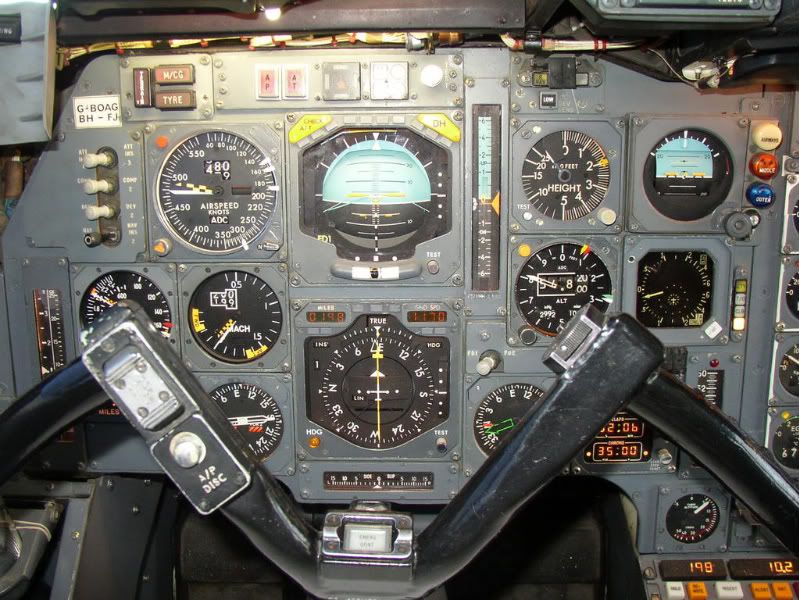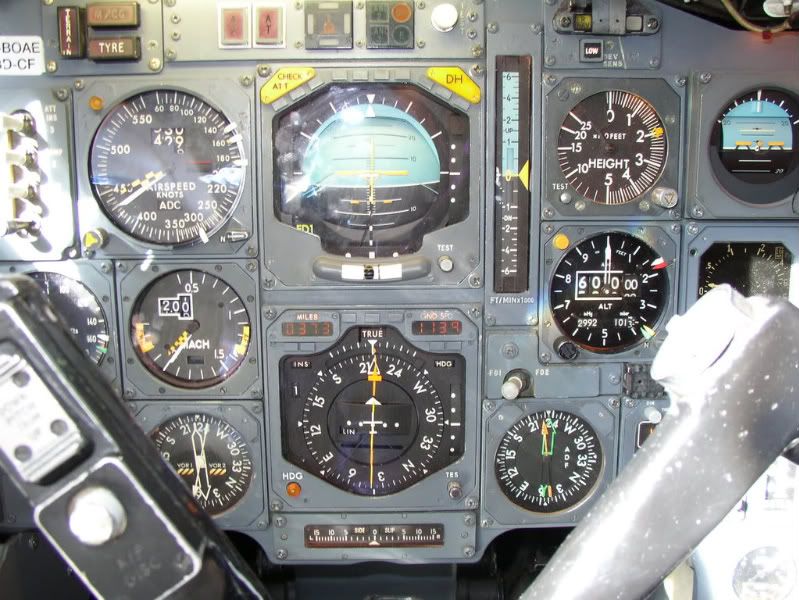All the aircraft I've flown commercially could be hand flown quite satisfactorily at altitude, though obviously some handled better than others, and other posters have already replied with many salient points and cautions.
In the early days of the B747, engine thrust was a limiting factor, so, at whatever altitude the engines would take you to, the wing was still performing well below any aerodynamic limit.
Later, in the 80's and 90's, with the advent of ever more powerful engines for the B747, these newer engines were capable of climbing you to altitudes that the wing didn't really want to be at (at that weight), sometimes with a very narrow speed band available between V
MAX and V
MIN and "Coffin Corner" considerations became an everyday consideration again.
However, some types handled this problem better than others!

To exemplify this point, take a look at how much the available speed margin reduced on this aircraft type, as it climbed the last 5,000 ft to its maximum certified altitude.
The available speed margin is the gap between the black and yellow chequered
Barber's Pole (
showing the limiting IAS/Mach/Nose Temp) and the highest
White Bug (
showing VLA) the
Lowest
Authorised speed, 300kts IAS at those altitudes.


The available speed band reduced by around 50kts in the last part of the climb, but still left a usable speed band of around 130kts (+/- CG problems!) to play with!
The F/Os may have complained when I hand flew her at altitude, but the wings didn't!
Best Regards
Bellerophon

 AIRLINE
AIRLINE AIRLINE
AIRLINE





